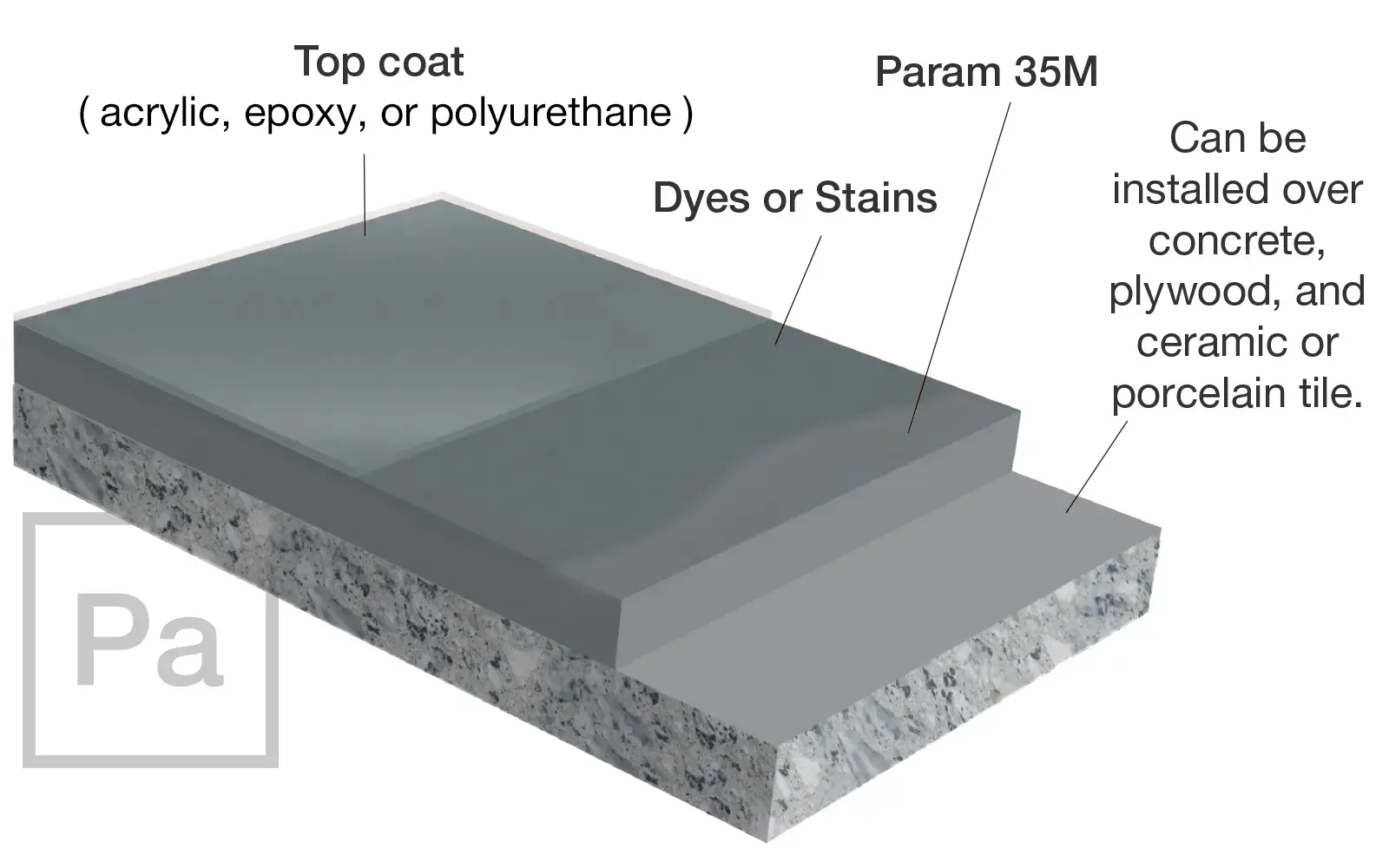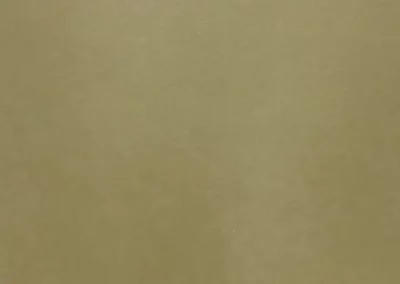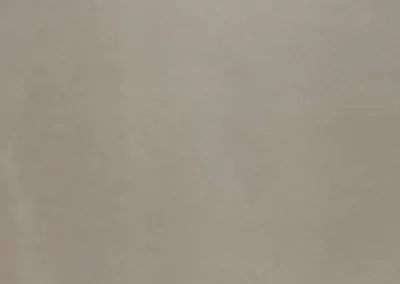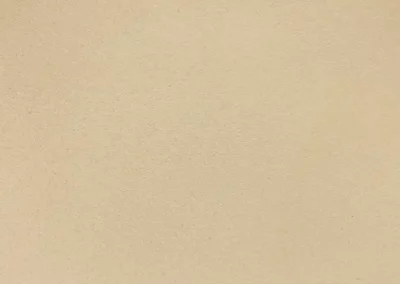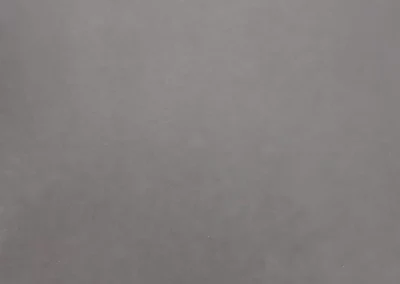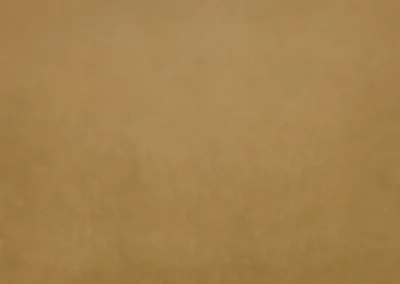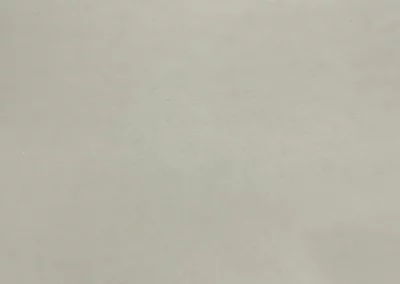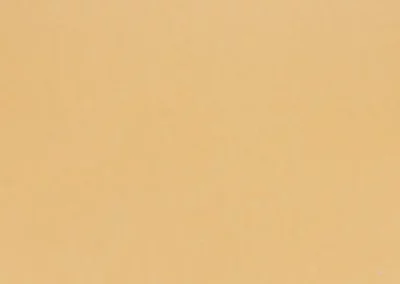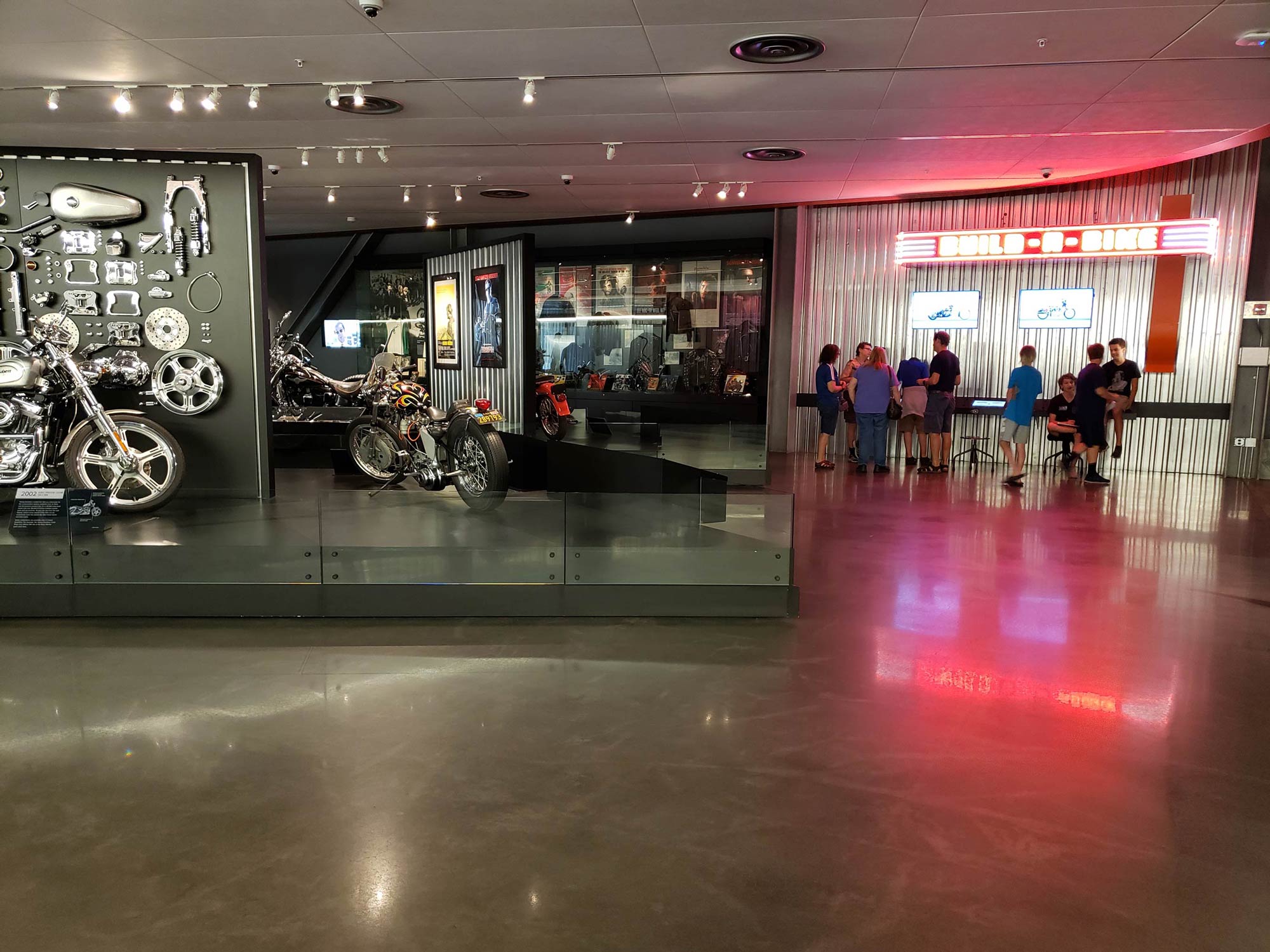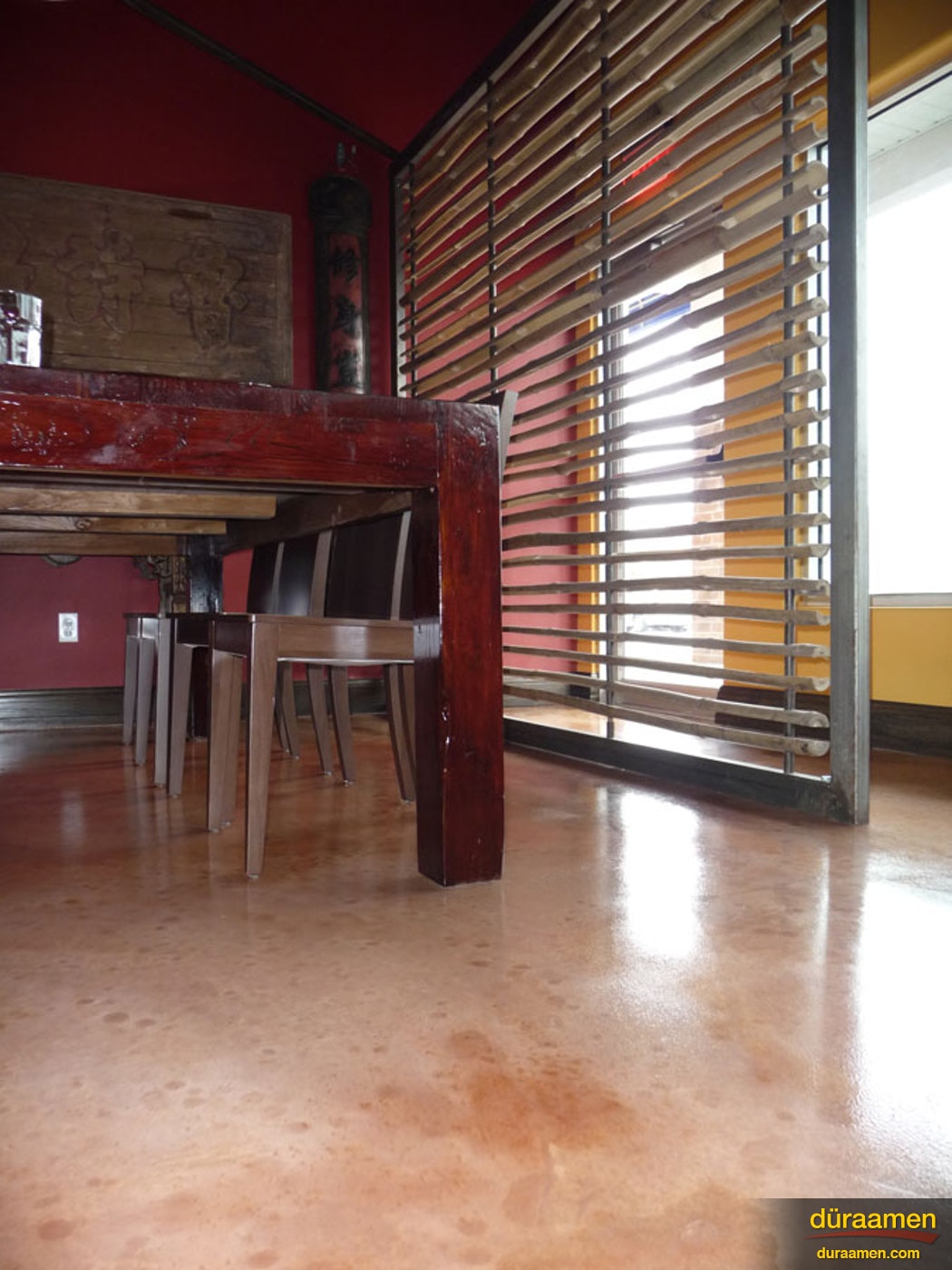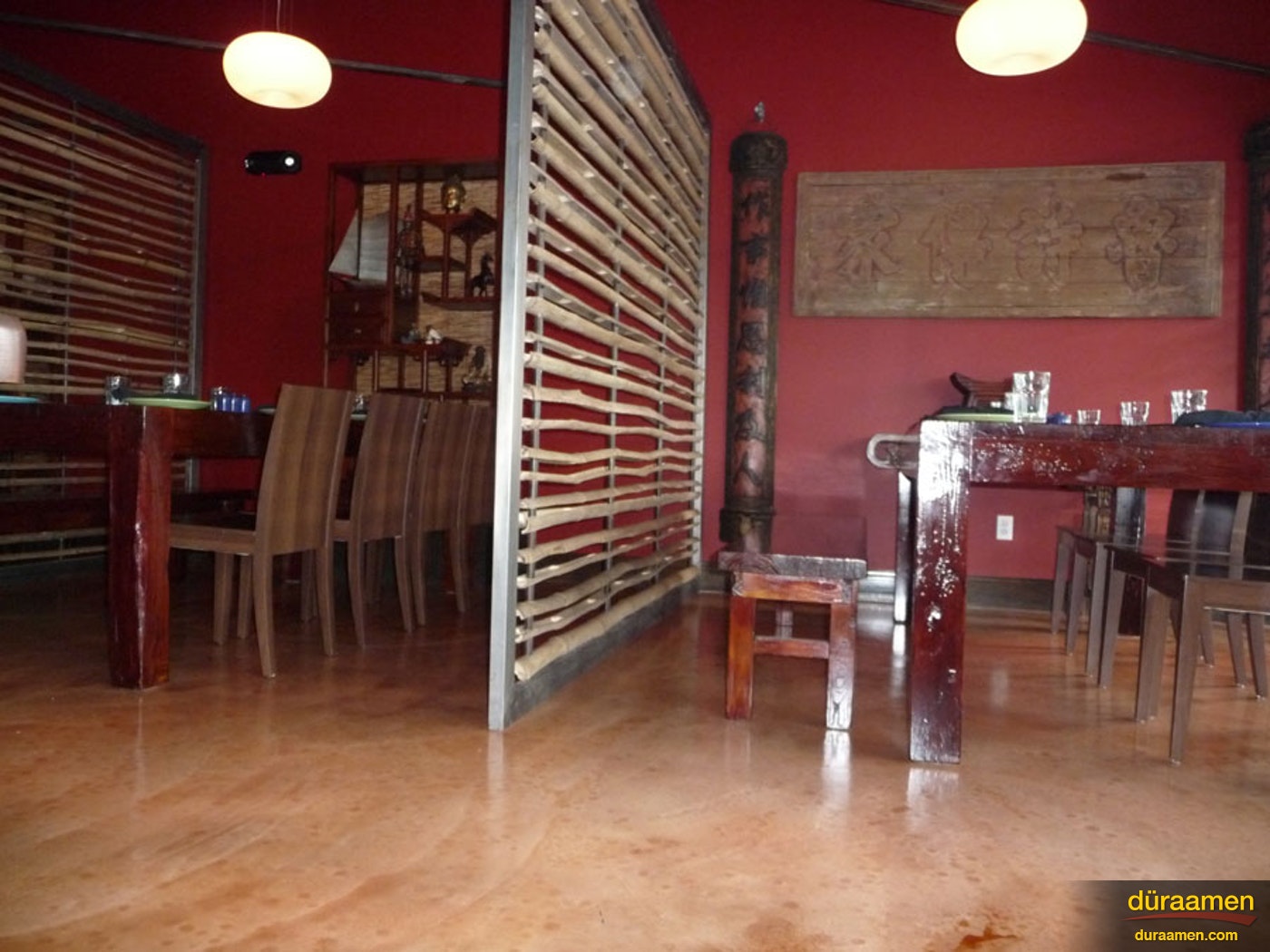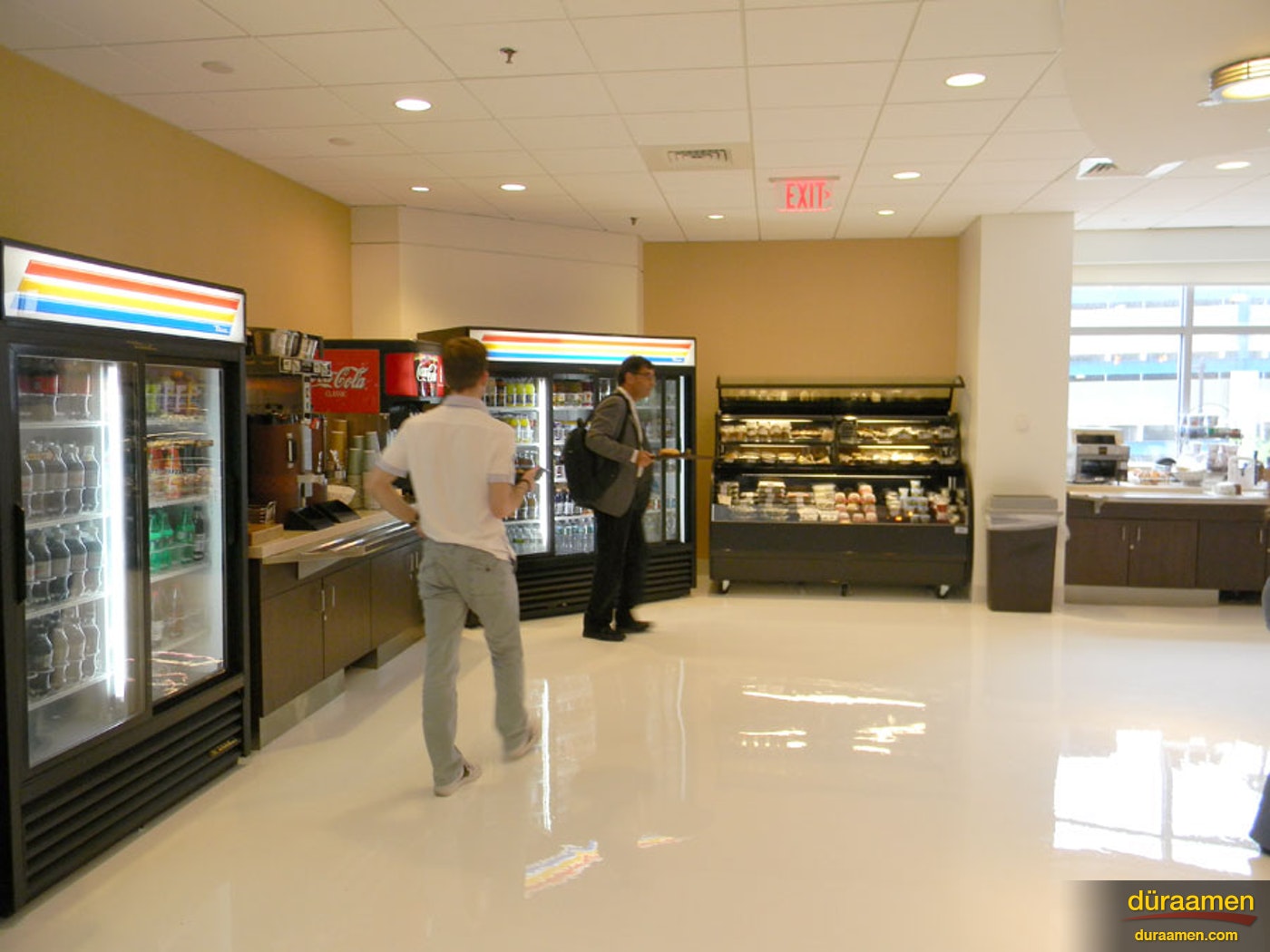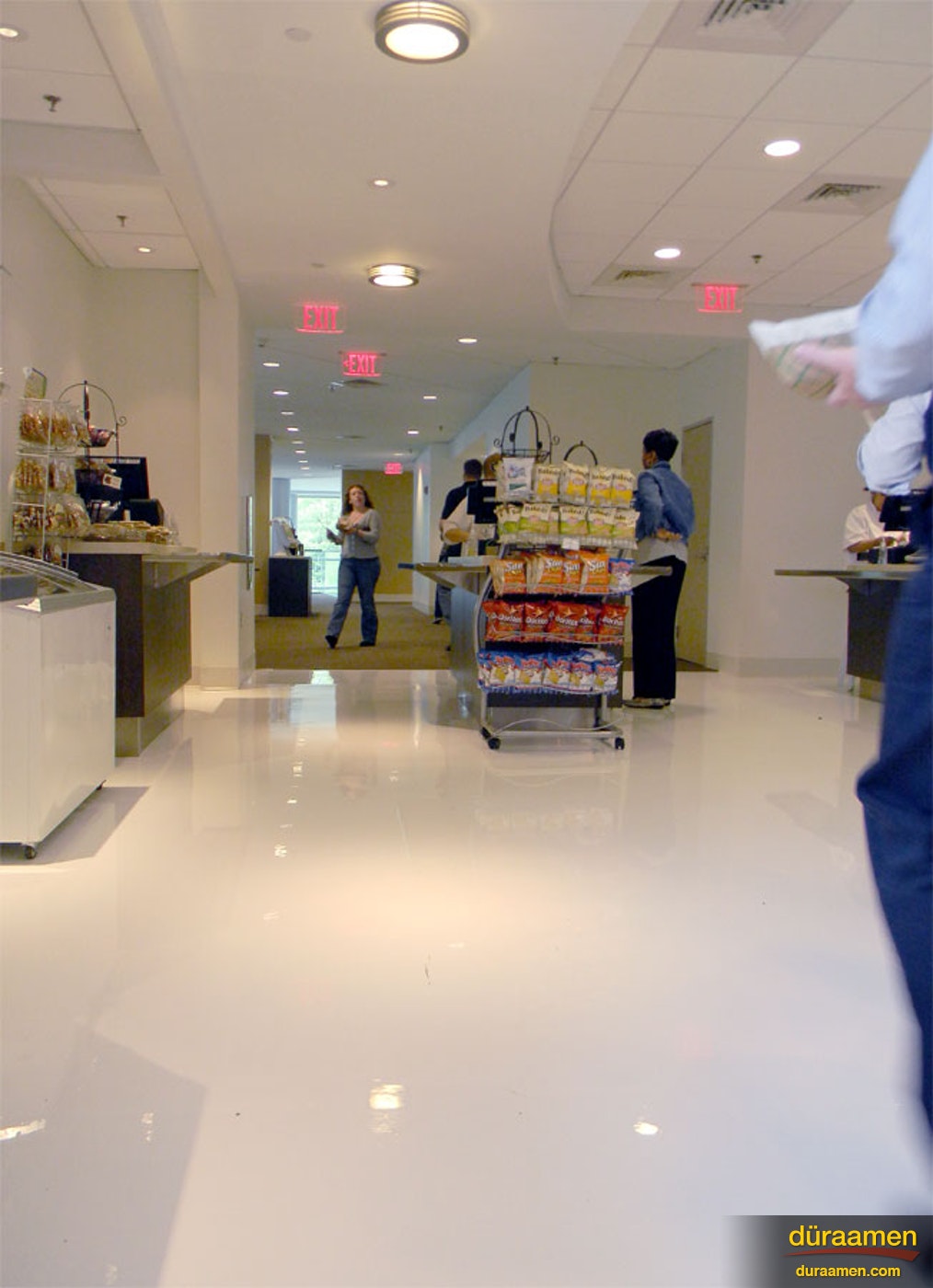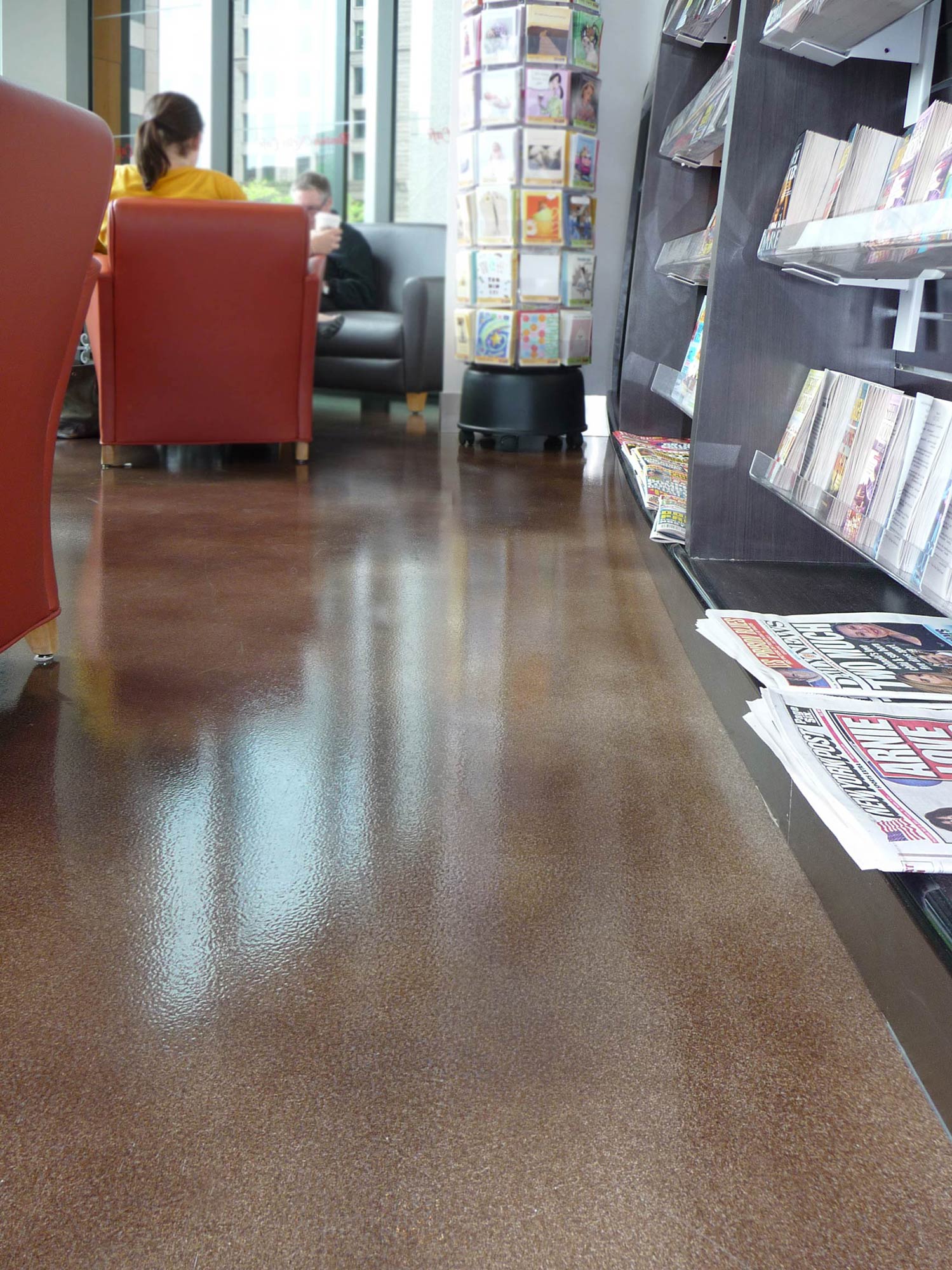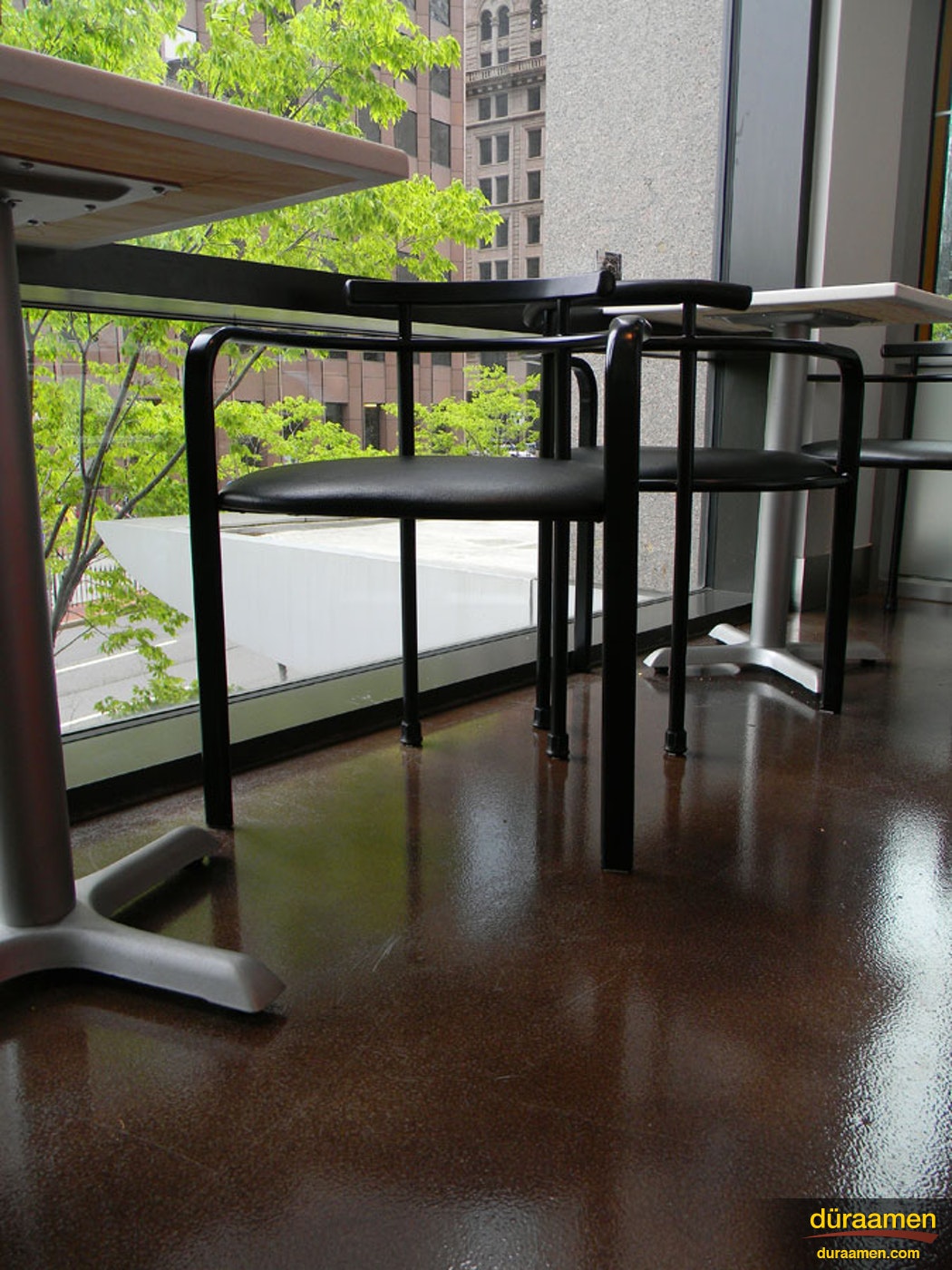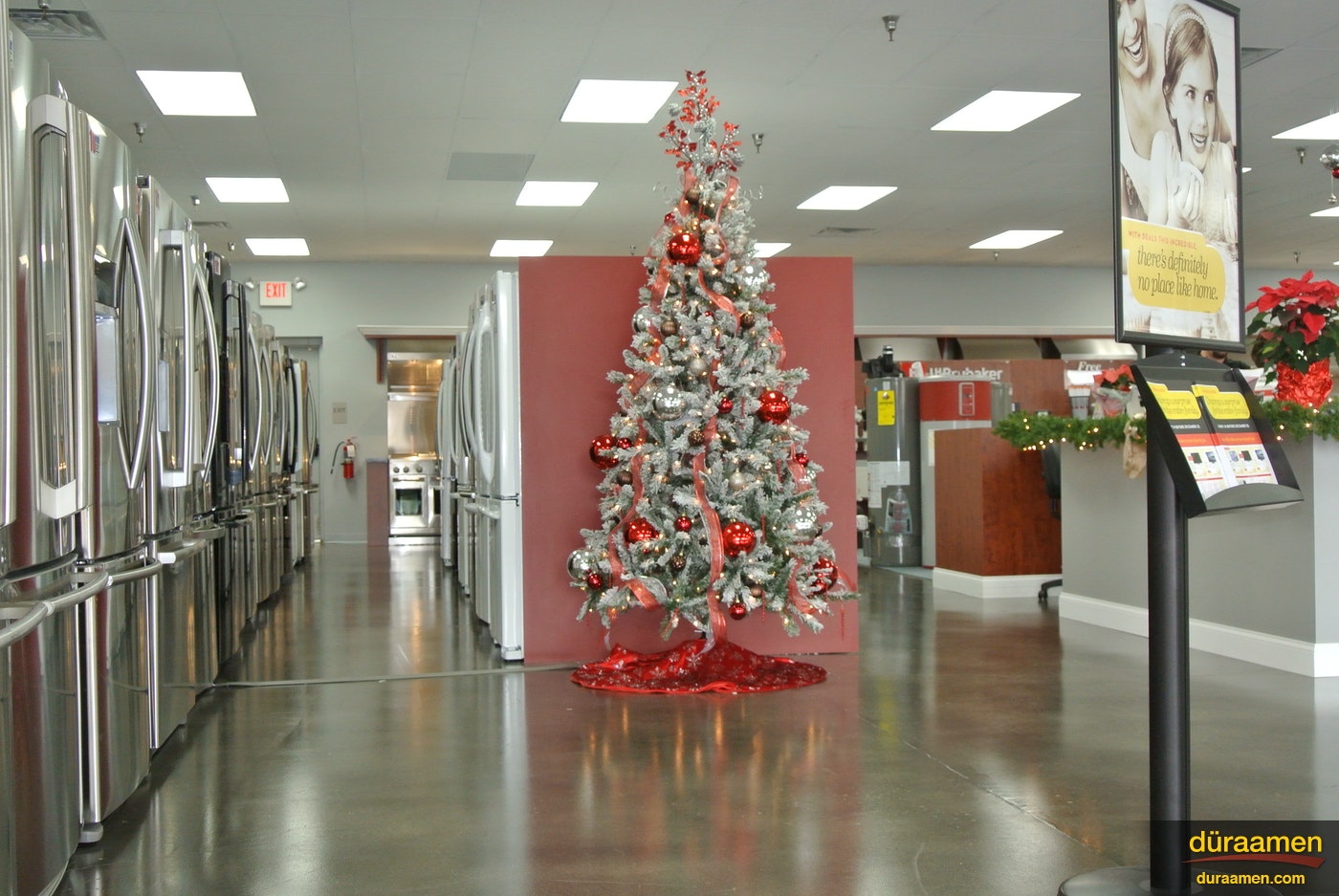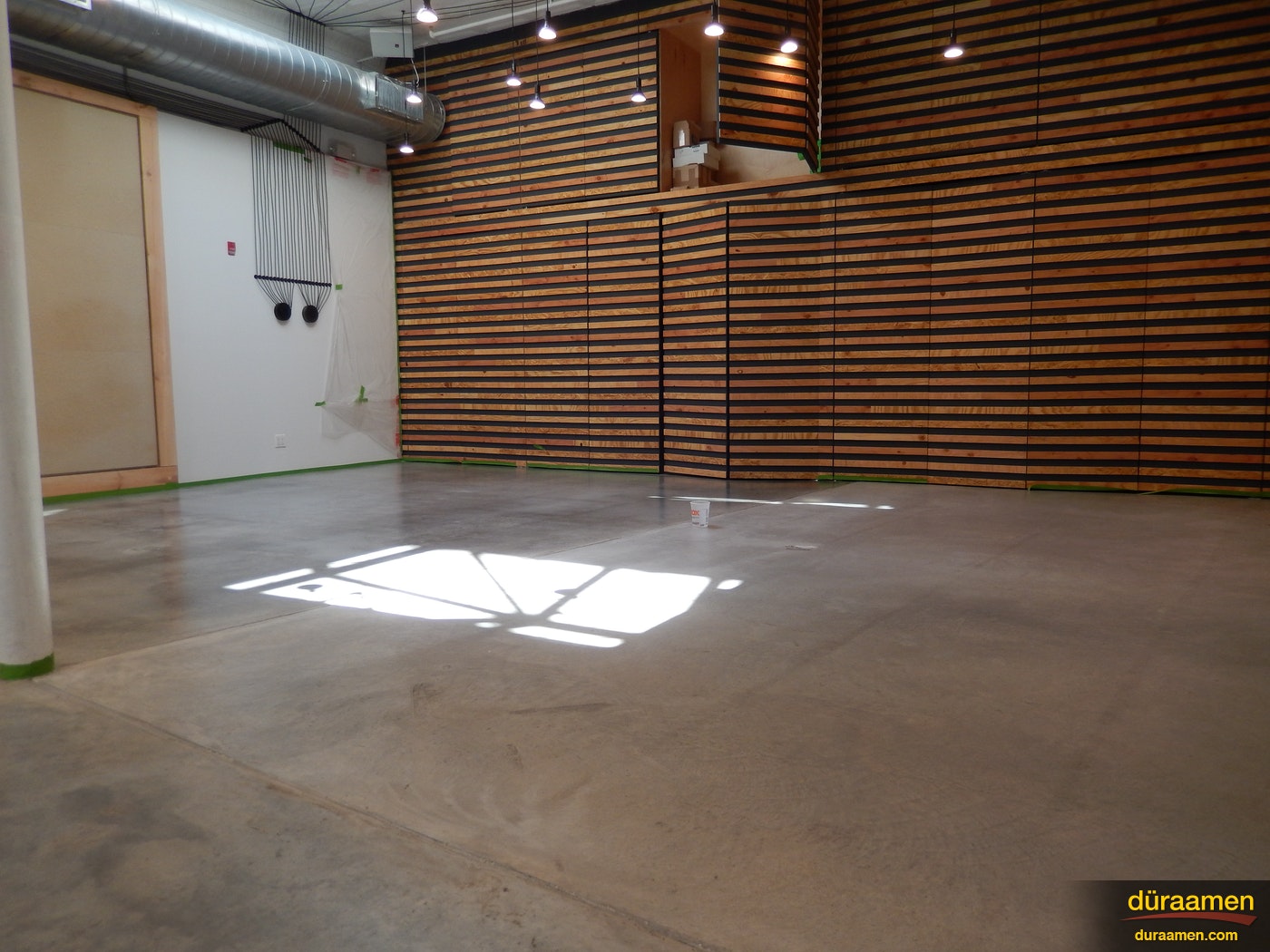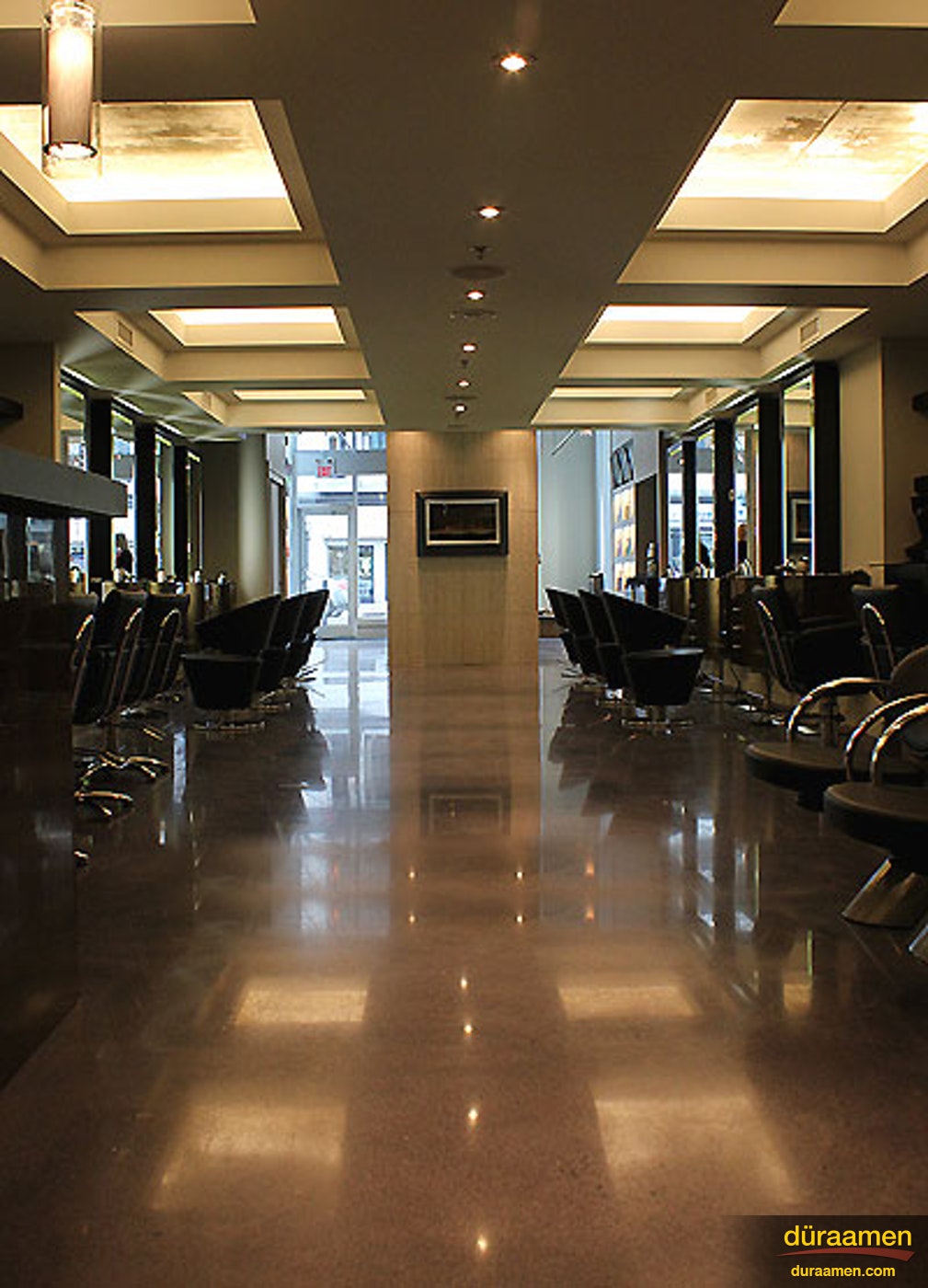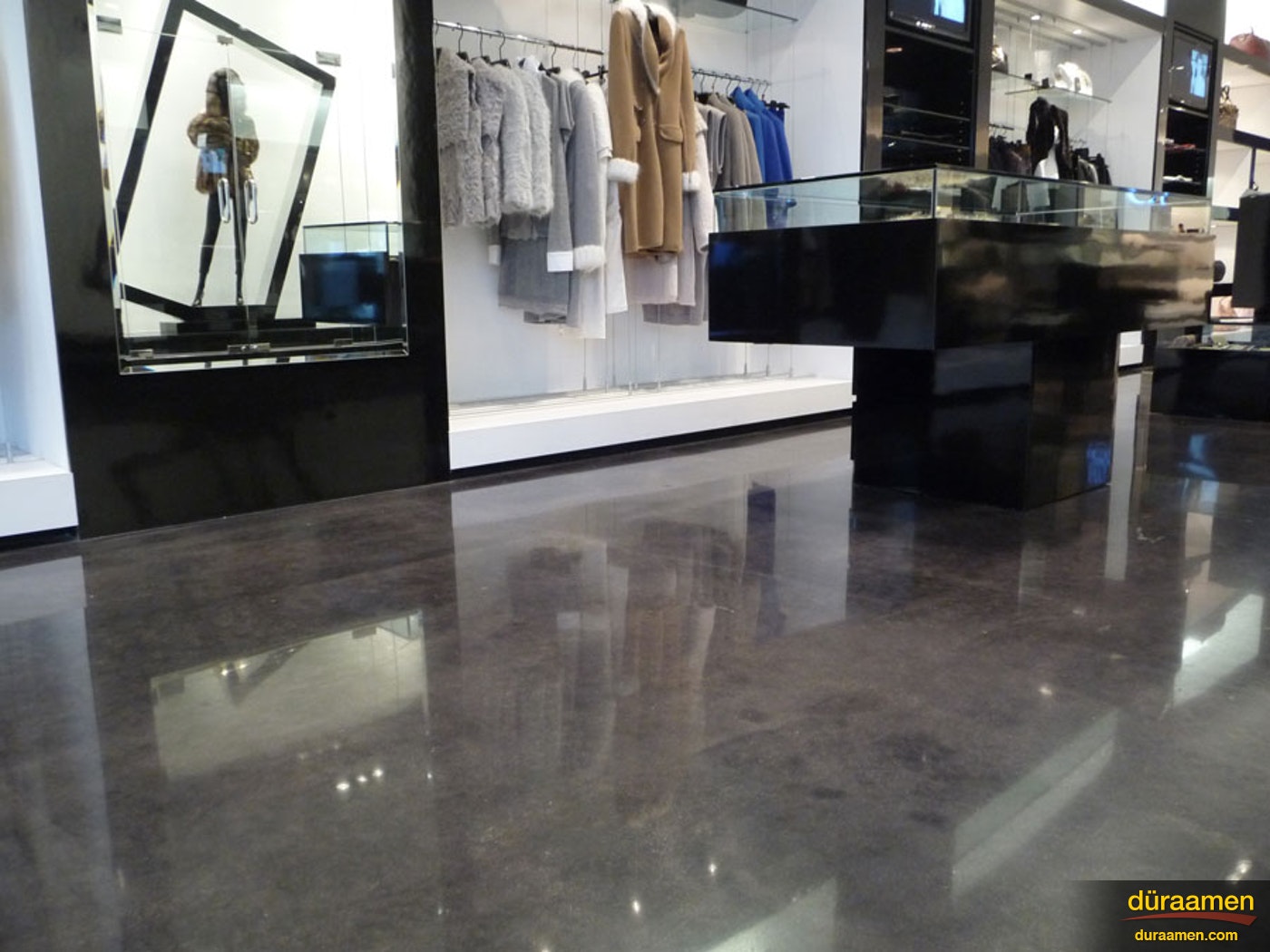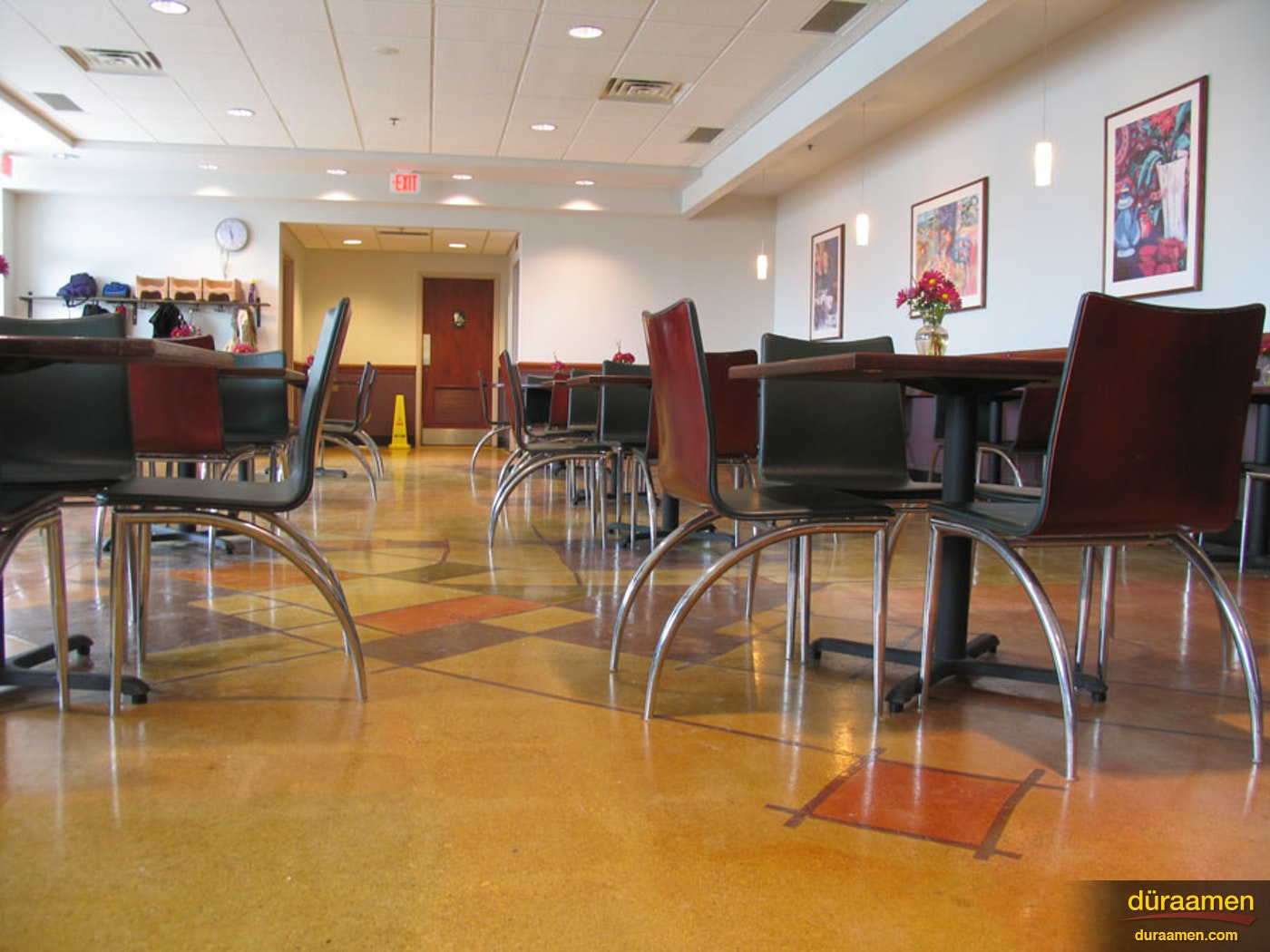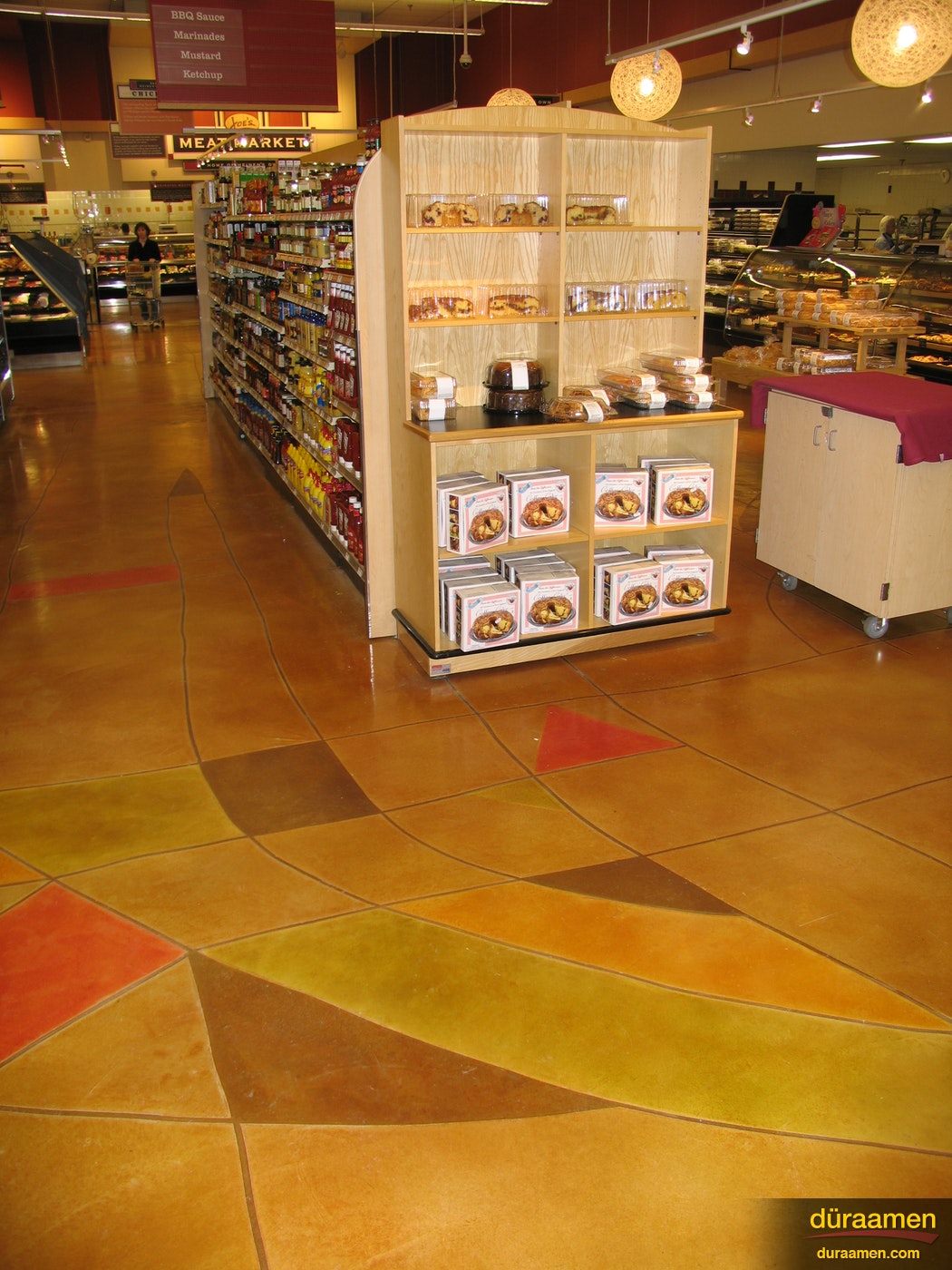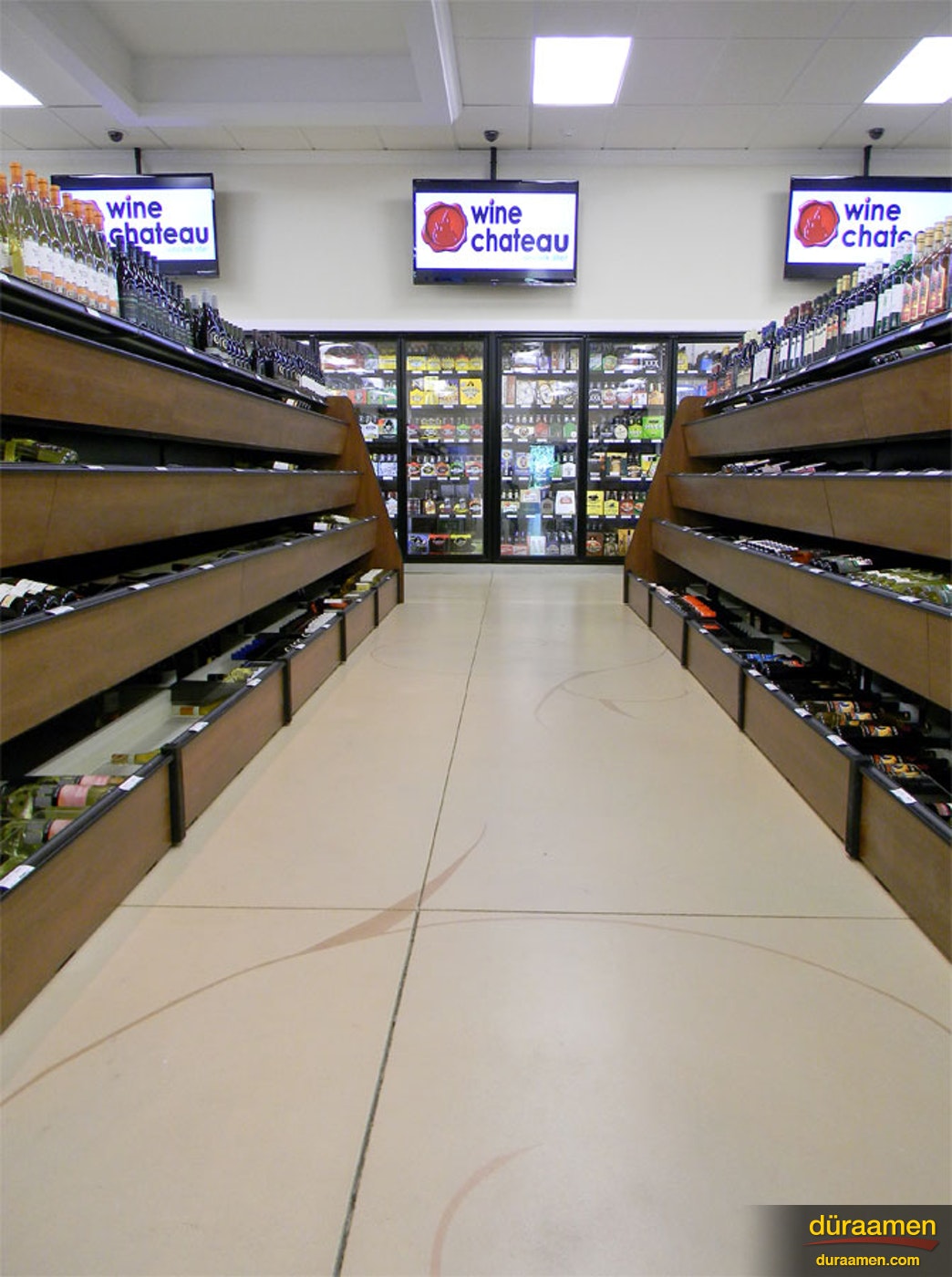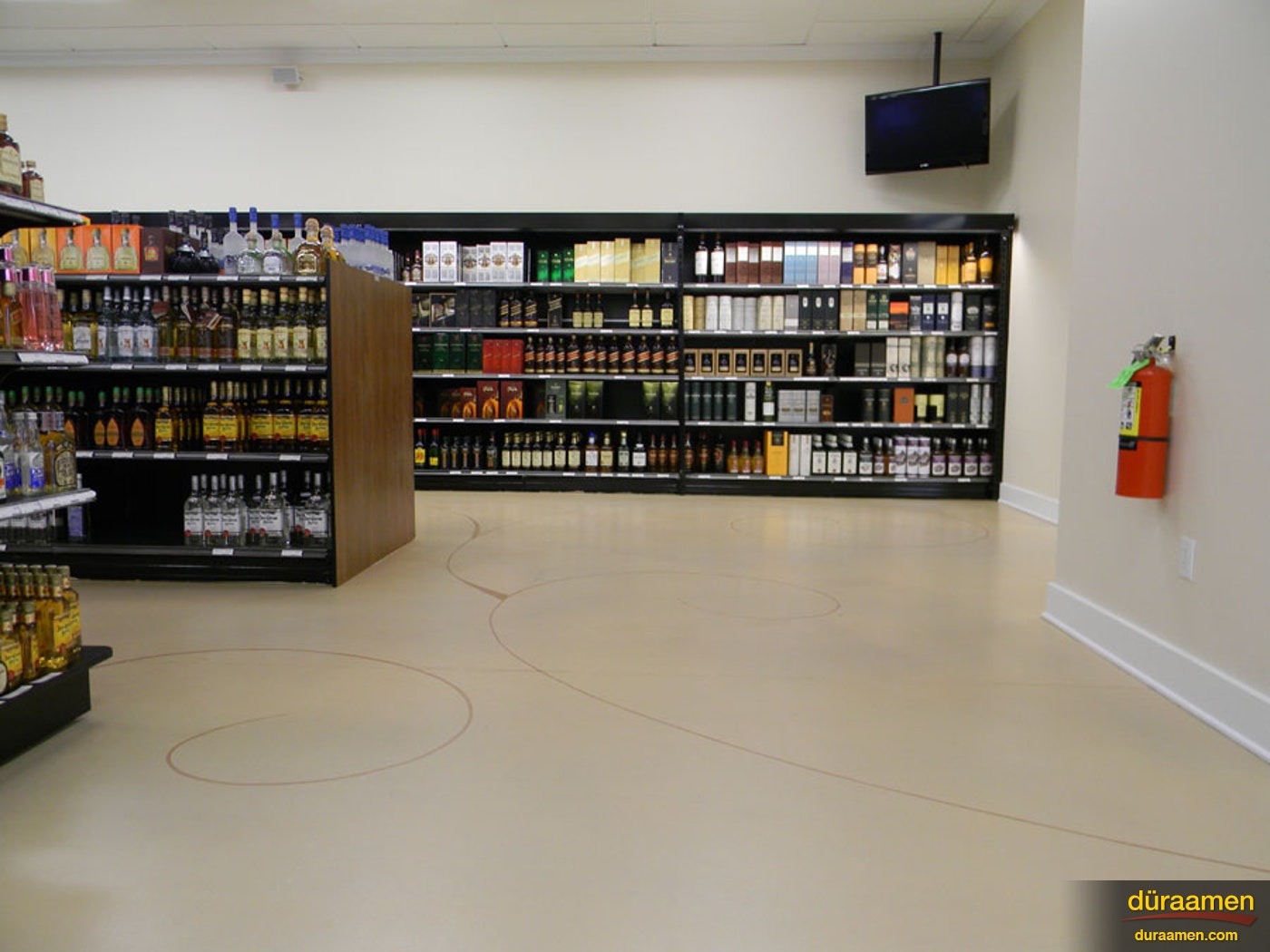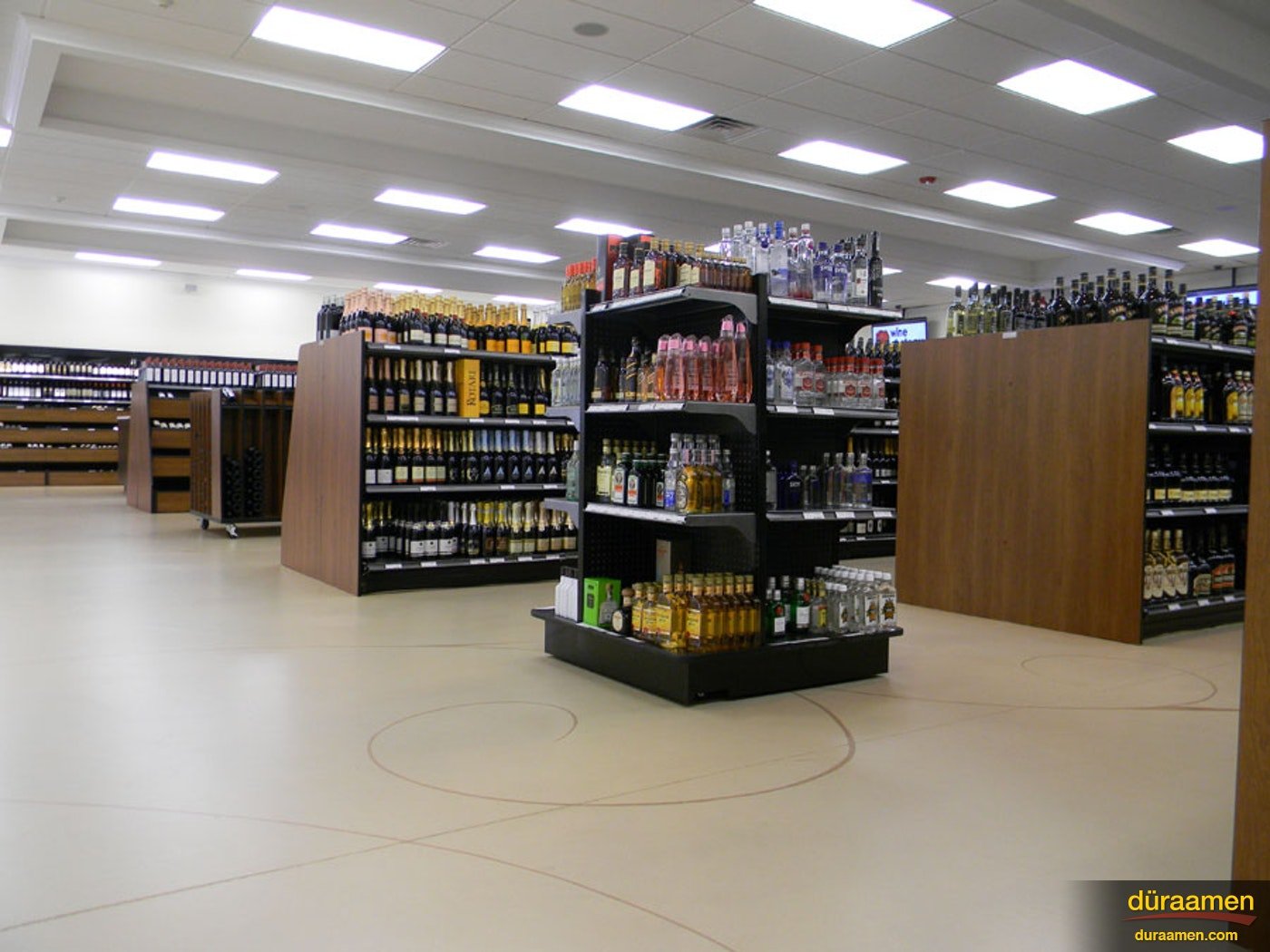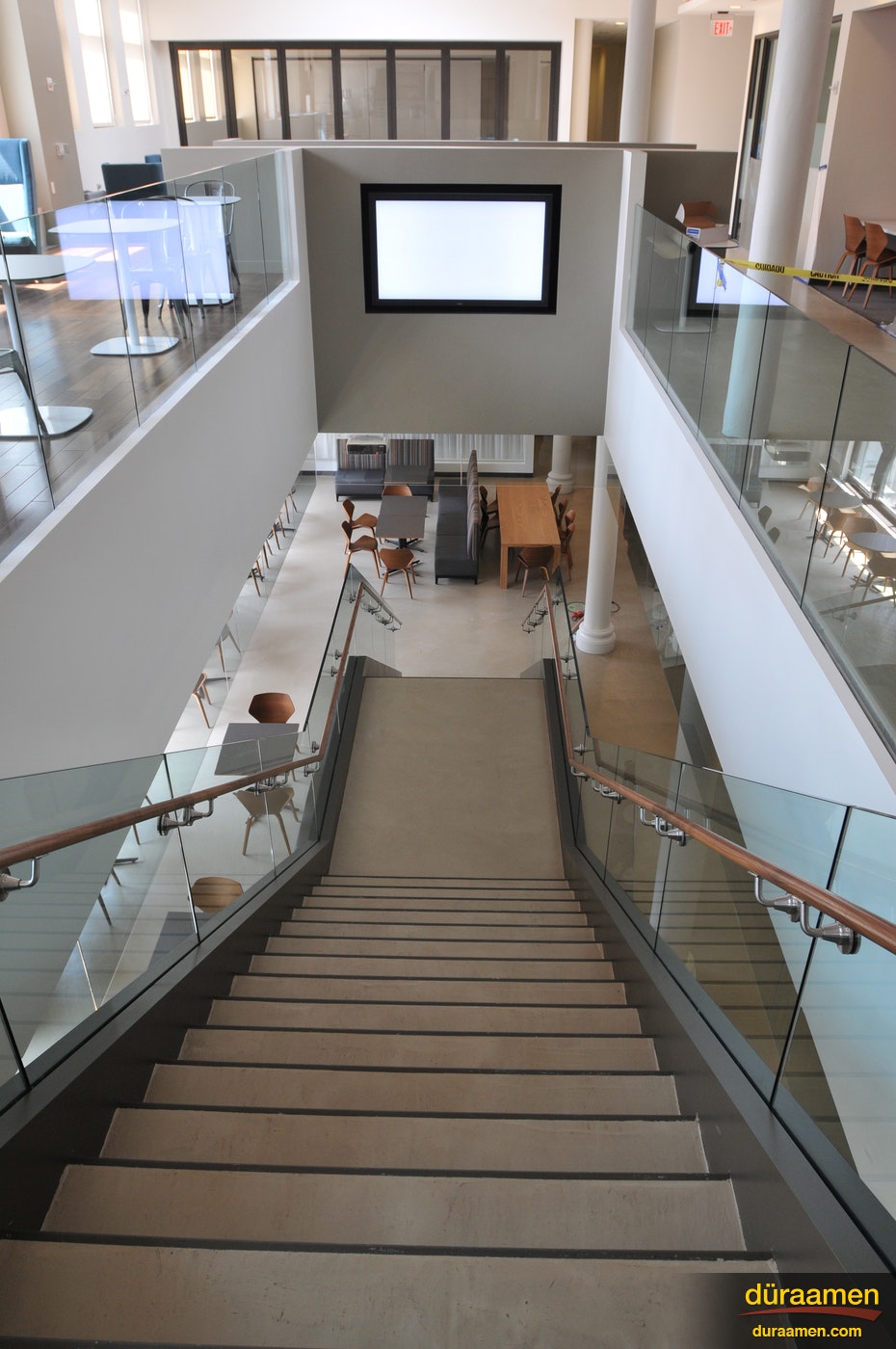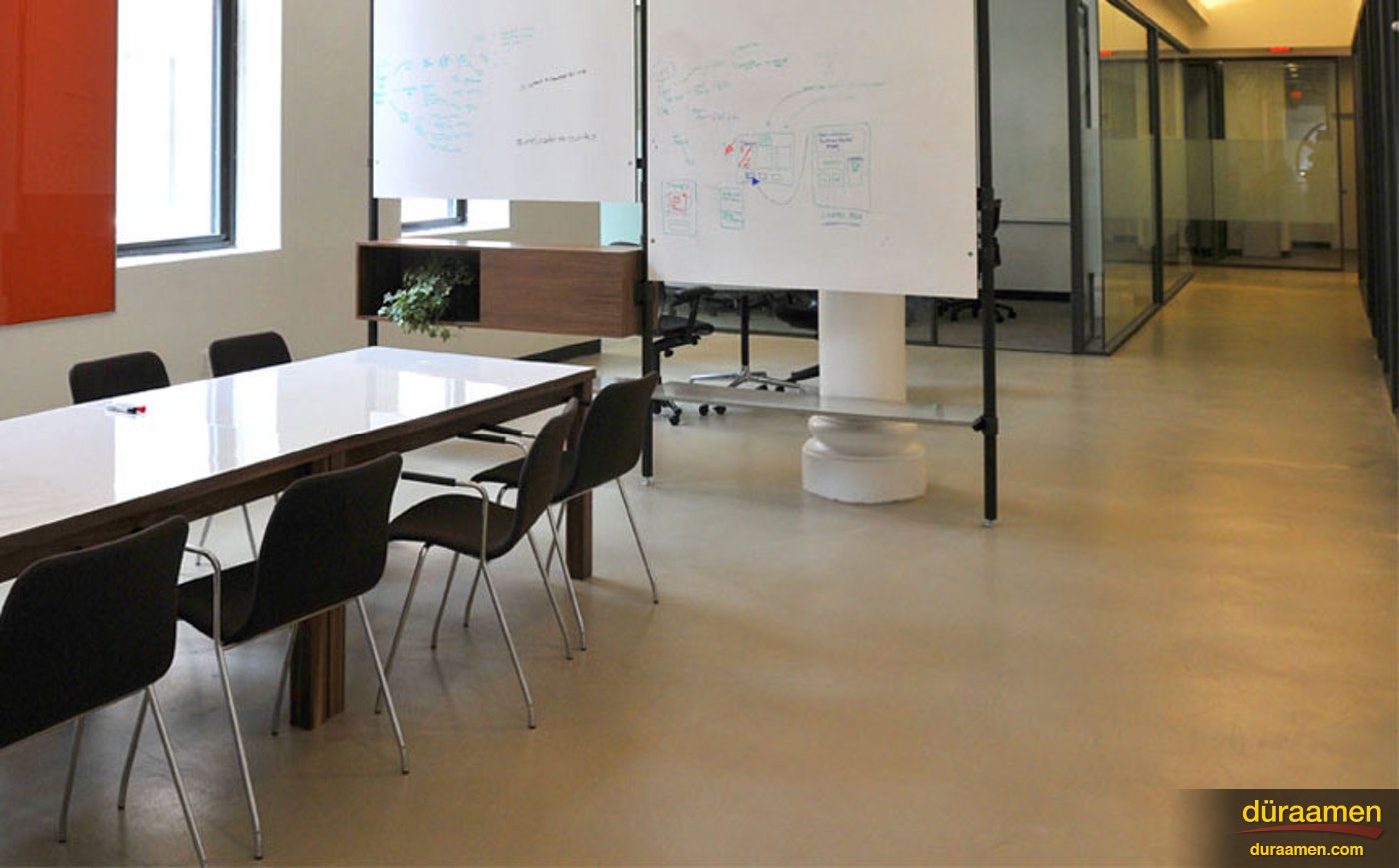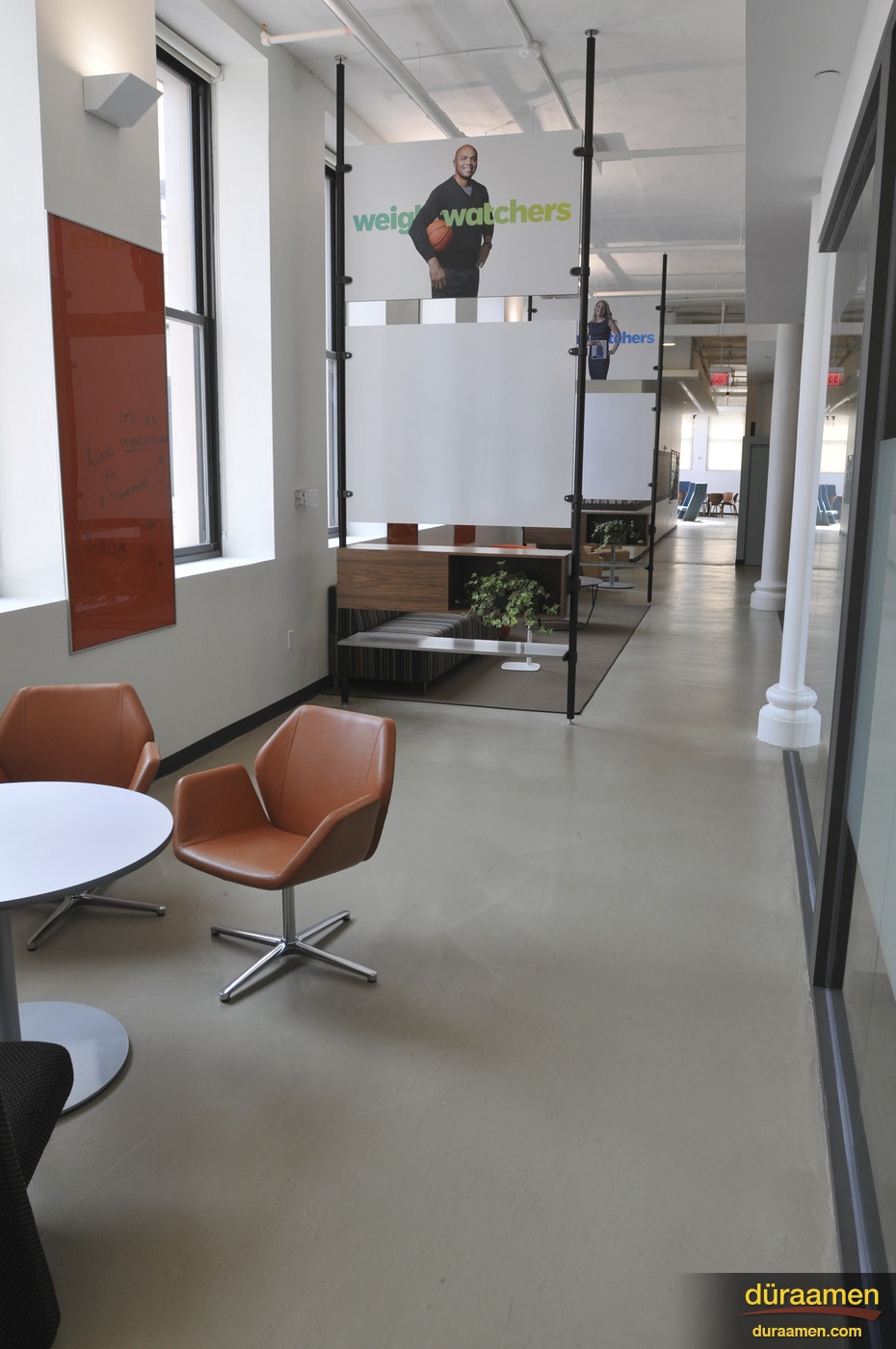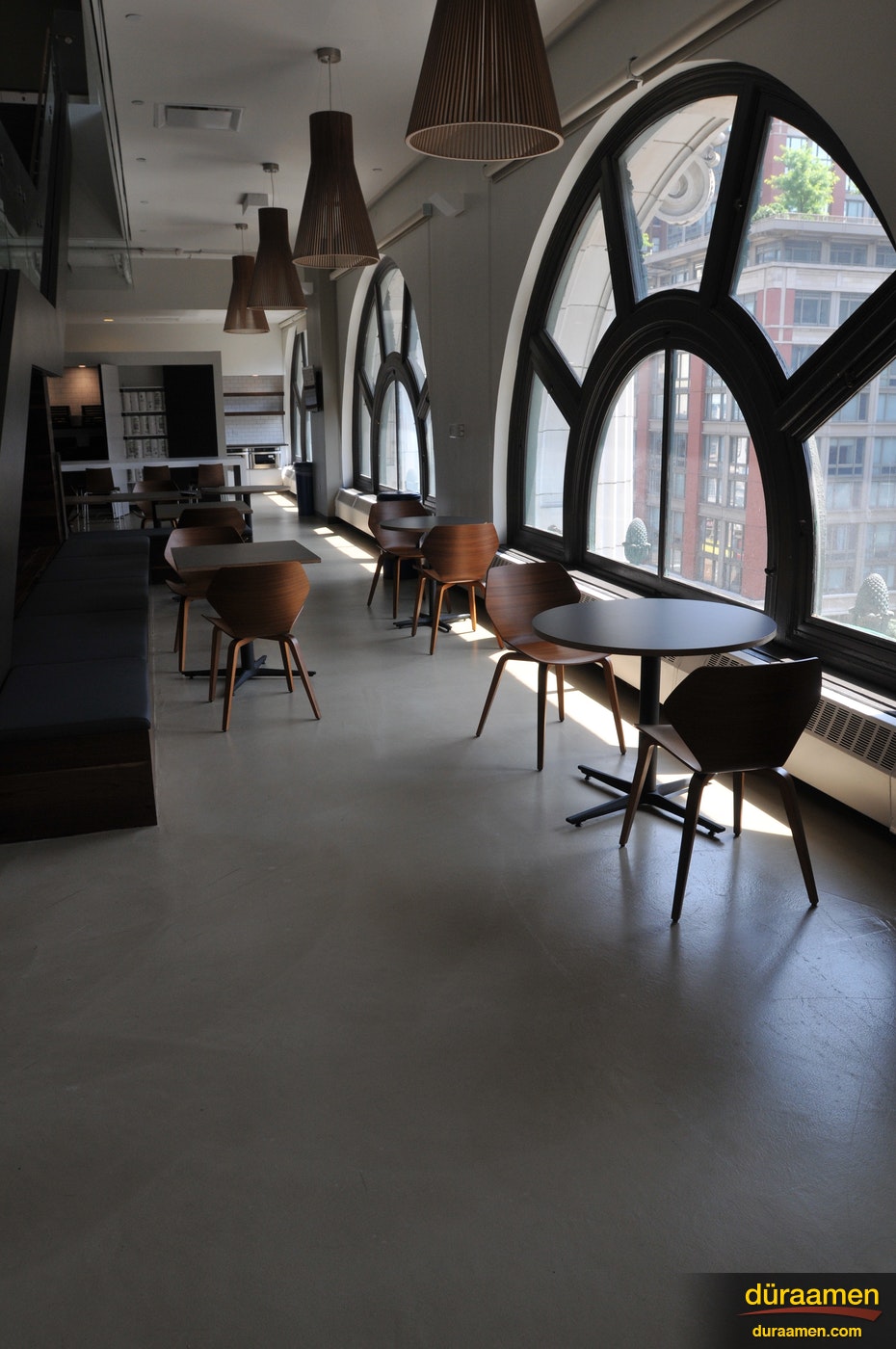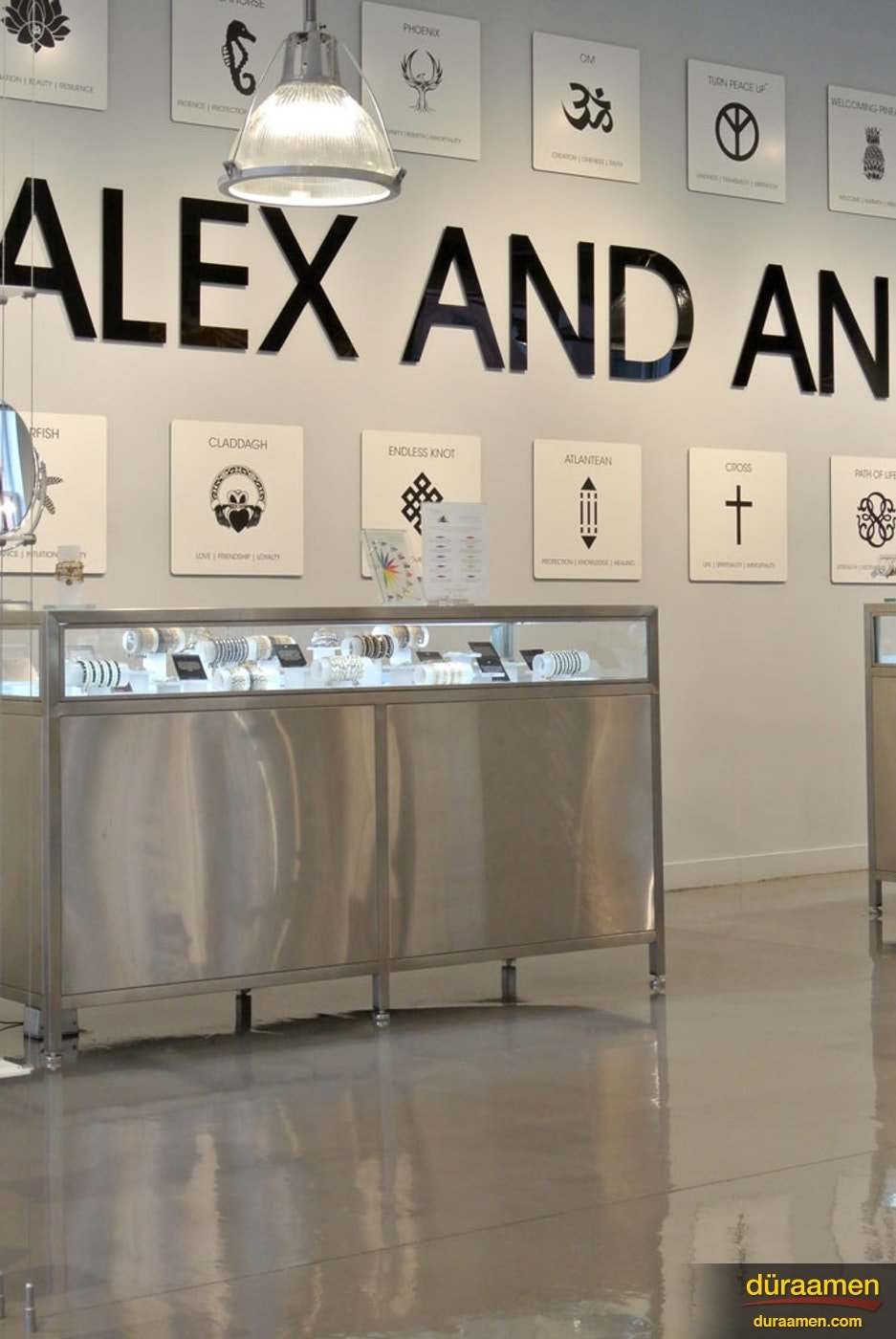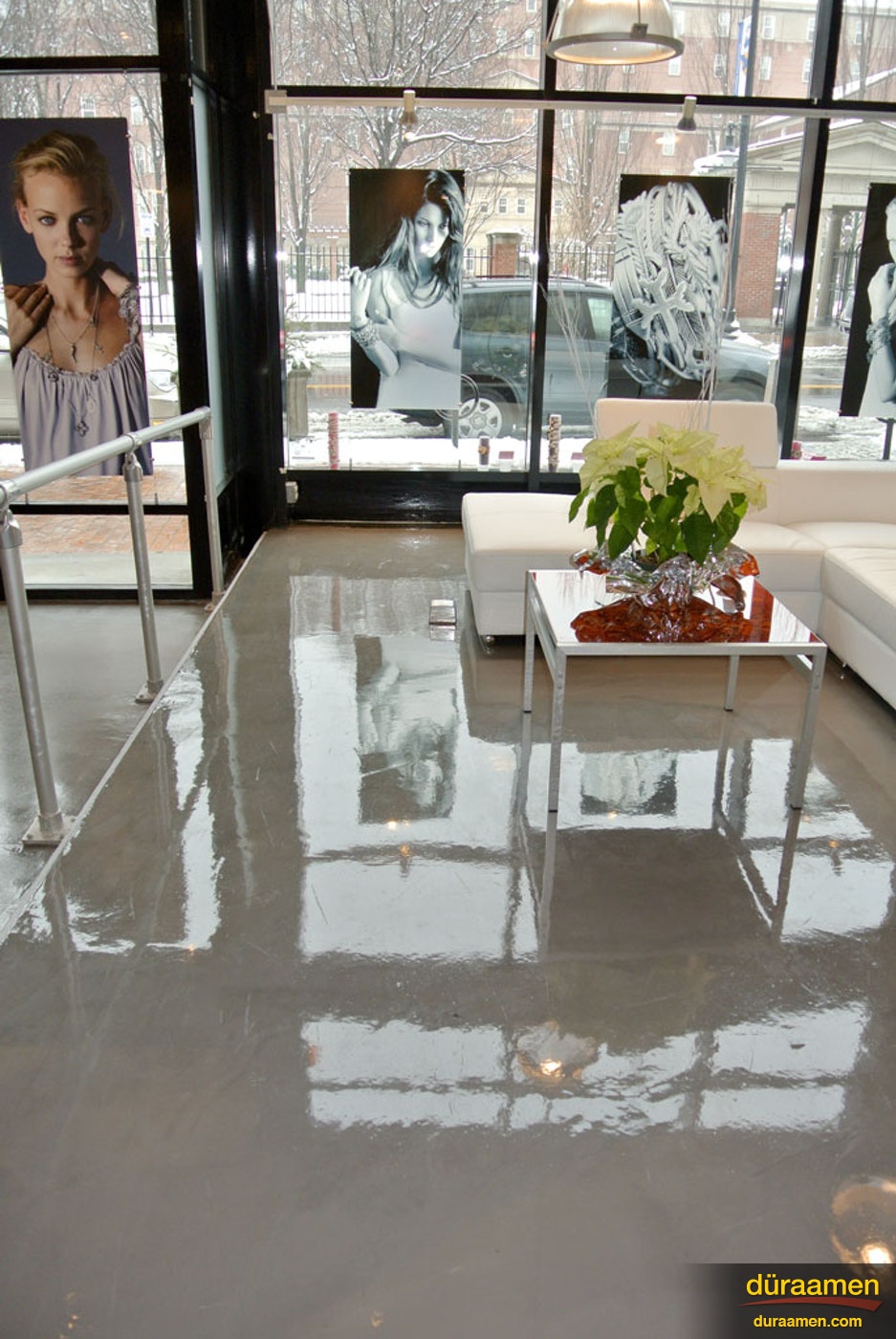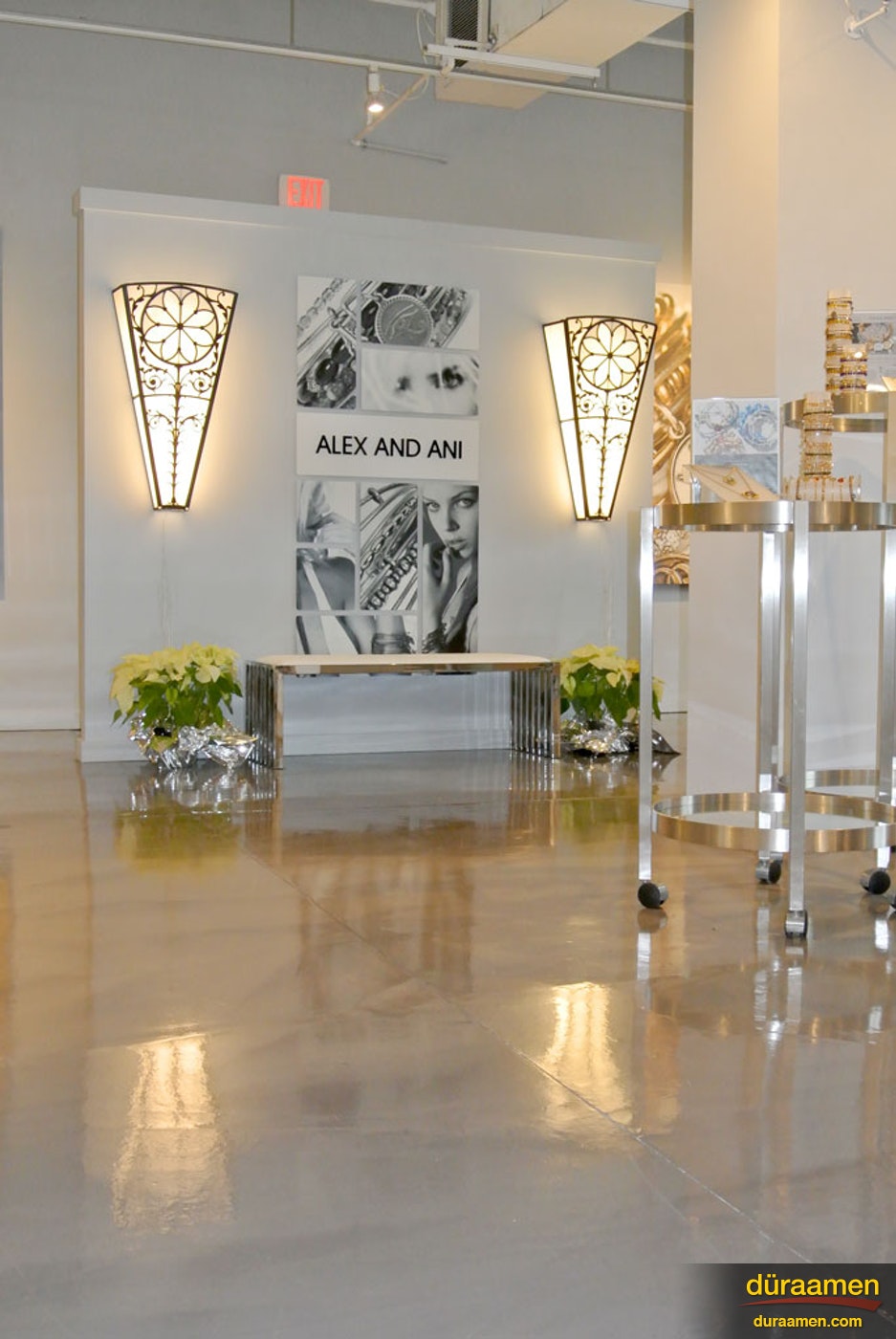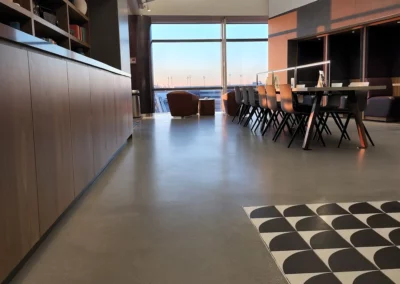The Modern Concrete
Designer Polished Concrete Flooring
When designers and architects think of modern design, they think of concrete. Strikingly modern aesthetics can be achieved using polished concrete in the interior spaces of homes and businesses.
With Param 35M Self-leveling Polished Concrete, you too can realize the modern design that only a polished concrete floor provides. Installation of Param 35M does not require the tools and labor necessary to grind a concrete surface like traditional polished concrete.
Achieve nearly any polished concrete design using colorants. Concrete dyes and stains are available in numerous colors, while gloss and satin topcoats further your design options.

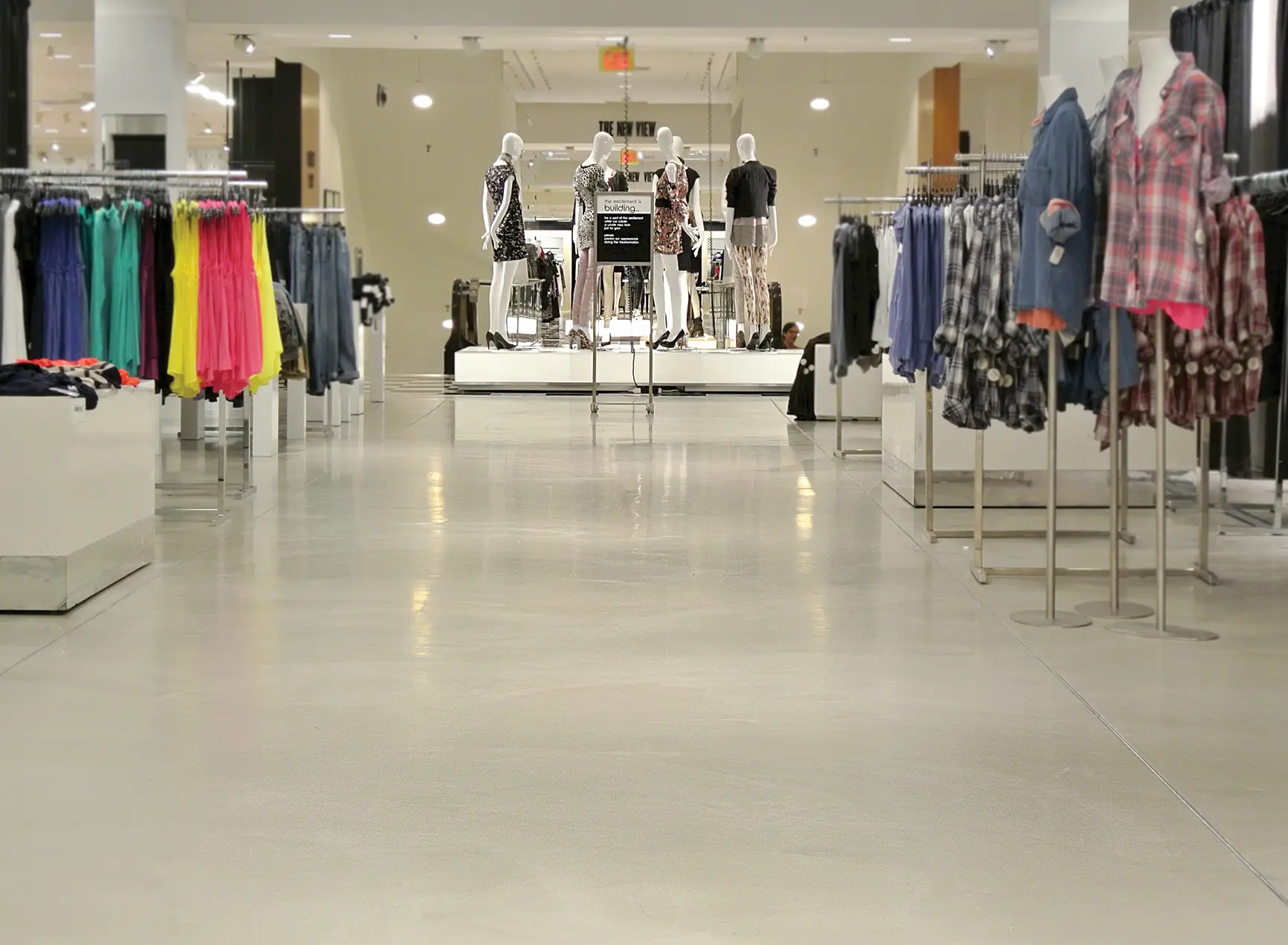
Features
- High compressive strength withstands heavy foot and rubber wheel traffic
- Moisture resistant
- Stain-resistant
- Various protective topcoats are available
- Low VOCs
- Slip-resistant finishes are available
Versatility
A Param 35M Self-leveling concrete overlay can be applied atop many types of substrates, including concrete, tile, wood, plywood, and terrazzo. Its high bonding strength will assure years of trouble-free flooring for the life of the property.
The Anywhere Floor
- Lofts & High Rise Apartments
- Residential Homes and Condos
- Offices & Meeting rooms
- Retails Stores & Shops
- Restaurants, Bars & Night clubs
- Museums / Art Galleries
- Lobbies & Hallways
- Libraries & Government buildings
- Warehouses & Garages
